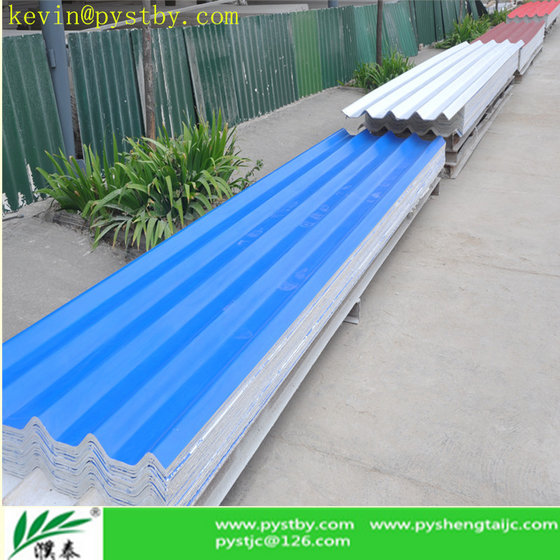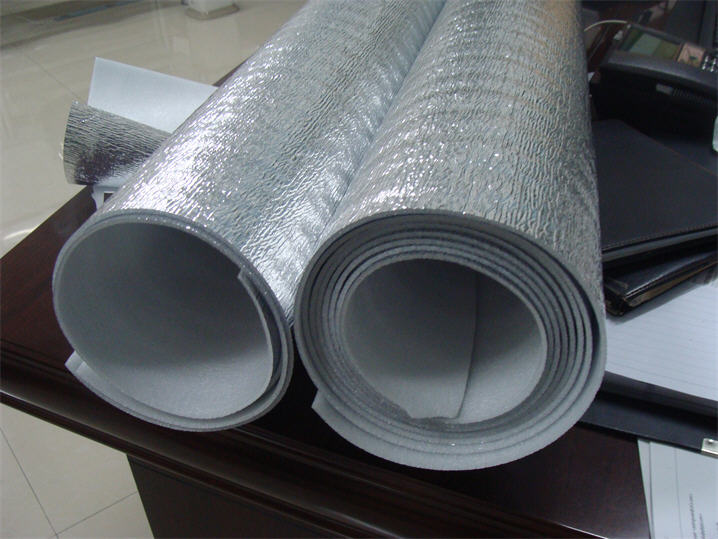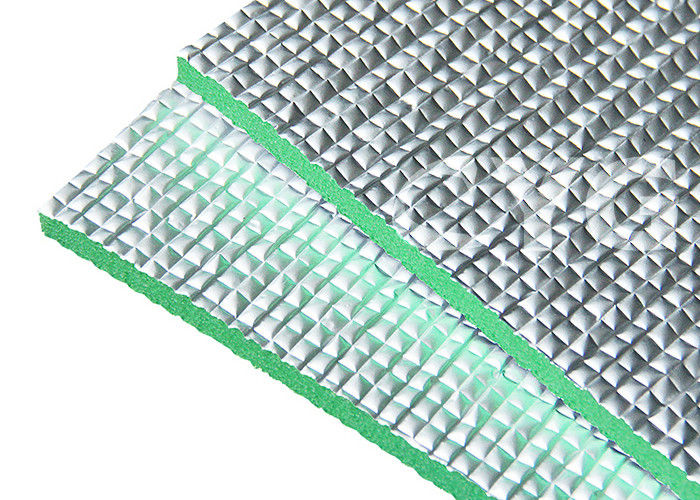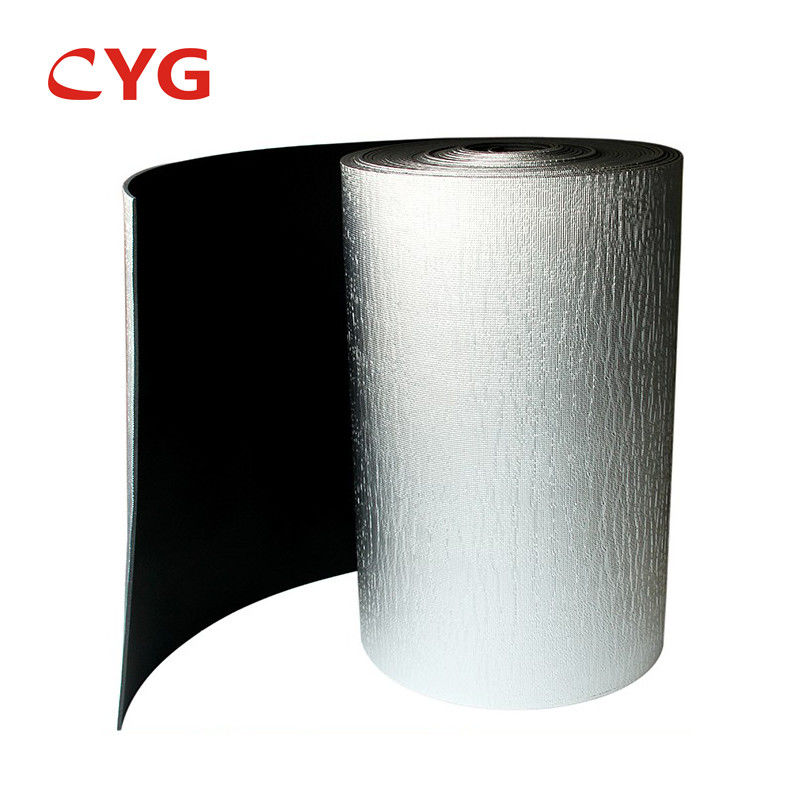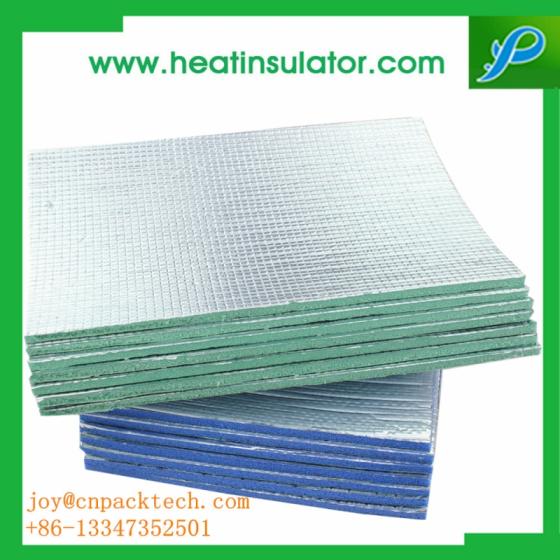Foil insulation is a radiant barrier and it works by reflecting heat from the metal but for it to do its job there has to be a layer of air between the roofing and the foil.
Foil anti heat roof insulation.
The jute and denim are treated for fire mold and mildew resistance.
Unlike thermal insulation like fiberglass batts or blown cellulose radiant barrier insulation has no r value and is usually made of foil.
But during the hotter months large amounts of heat enter your house through the roof and attic and seep down into the rest of your home to make cooling more difficult.
Reflectix requires only basic tools.
Does not compress collapse or disintegrate.
Reflectix insulation has over 20 energy saving applications for reflectix insulation has over 20 energy saving applications for around the home.
A stapler tape measure utility knife straight.
Perforated breathable metalized attic foil house wrap reflective insulation blocks 95 of heat.
4 8 out of 5 stars 169.
500 sqft 4ft x 125ft of nasa tech commercial grade perforated no tear green energy radiant barrier reflective insulation attic foil roof attic house wrap scif rifd.
Our product is easy to handle and install.
Check out past warehouse insulation projects the oj insulation team has completed in southern california.
4 6 out of 5.
Heat wave pro has a class a fire rating and meets fire resistance standards fmvss 302.
The foil insulation is typically installed under the roof deck.
Although standard fibrous attic insulation like fiberglass blocks conductive heat loss in the winter it is not very effective at blocking the radiant heat from a hot roof in the summer.
This helps the roof reflect rather than absorb heat from the sun which helps keep the work environment cooler and more comfortable.
Industrialized strength lightweight yet durable insulation designed to hold staples without tearing.
Reflects 97 of radiant heat emits less than 3 of heat class 1 class a fire rated radiant barrier that has passed the astm e84 test astm e2599.
Radiant barriers are installed in the attic by stapling the material to the underside of the roof deck normally on the rafters.
The large majority of the heat lost from your home in the cold months exits through your attic that s why insulation on the attic ceiling walls and floor are so important.
While traditional insulation materials work by slowing down conductive and convective heat flow radiant barriers and other reflective insulation systems work by reducing radiant heat flow.
In the winter most of the heat that escapes through your ceiling and roof is radiant heat.
